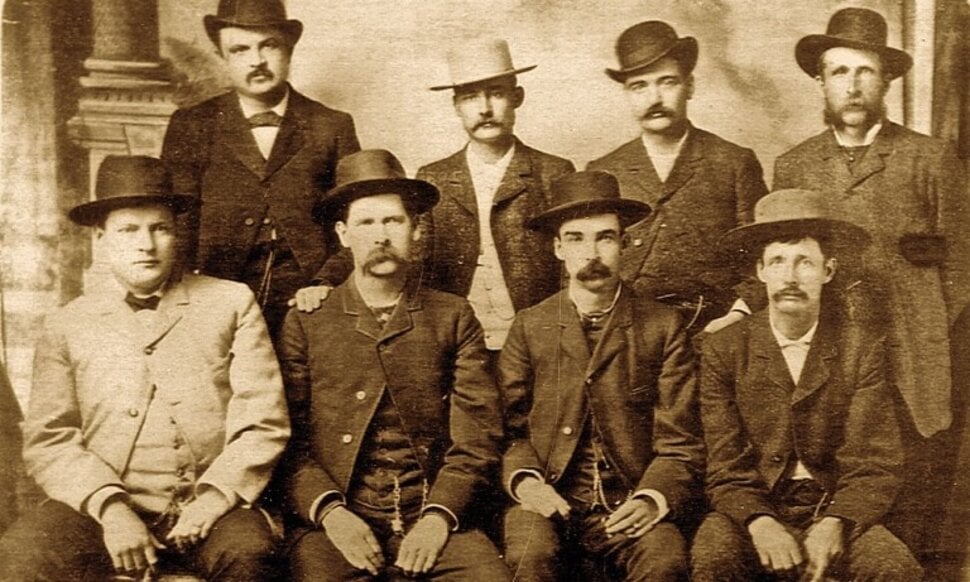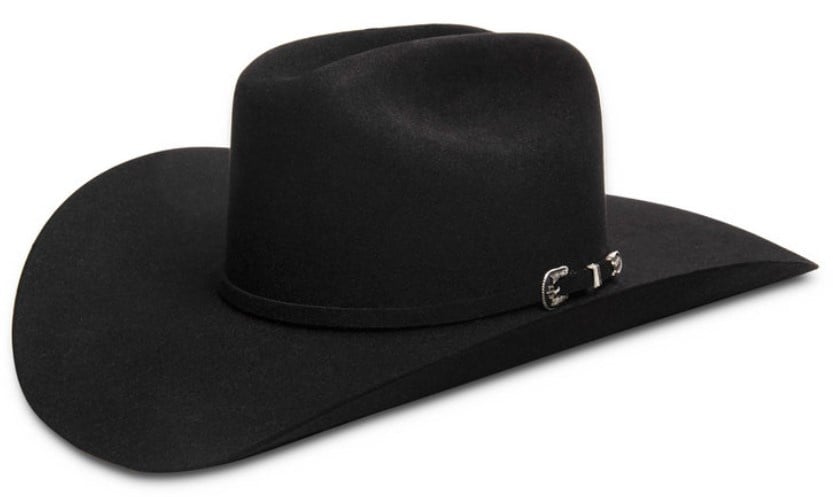Conquering the Wild West: The Evolution of the Cowboy Hat

In the vast landscapes of the American Wild West, cowboy hats emerged as iconic symbols of the era. Initially, these hats were primarily practical, providing protection against the elements on the expansive plains. However, the history of the cowboy hat as we know it today takes flight with Stetson's "Boss of the Plains."

In 1865, John B. Stetson created the "Boss of the Plains," a hat that would redefine fashion in the wild West. It features a round and tall crown, designed to provide better insulation. Its wide, flat brim aimed to offer its wearer the utmost protection against the elements. It shields both from the sun and precipitation in an environment with few places to take cover. The Boss of the Plains hat was made of a thick, dense, and stiff fur felt, allowing it to withstand the harsh physical and weather conditions that the pioneers of the Westward expansion faced on a daily basis.
The classic shape with the "Cattleman" crown and "Shovel Brim" came about after the fact, showcasing a wonderful conversation between the creator of the hat and those who made it their hat of choice. Many cowboys and pilgrims would camp at night under the open sky. Many would use their hat as a makeshift pillow, crushing it with the wight of their head to find comfort in the rough plains. Once they would wake up and unravel their crushed hats, they would find that the once flat brim would now lift upwards on both sides, and the once roud crown would comport longitudinal creases. As this look would be more and more widespread among cowboys, it became the standard for cowboy hats, evoking the indomitable spirit of the Wild West. Today, each cowboy hat perpetuates this tradition, reminding us of the rich and robust legacy of the early explorers of the American West.





